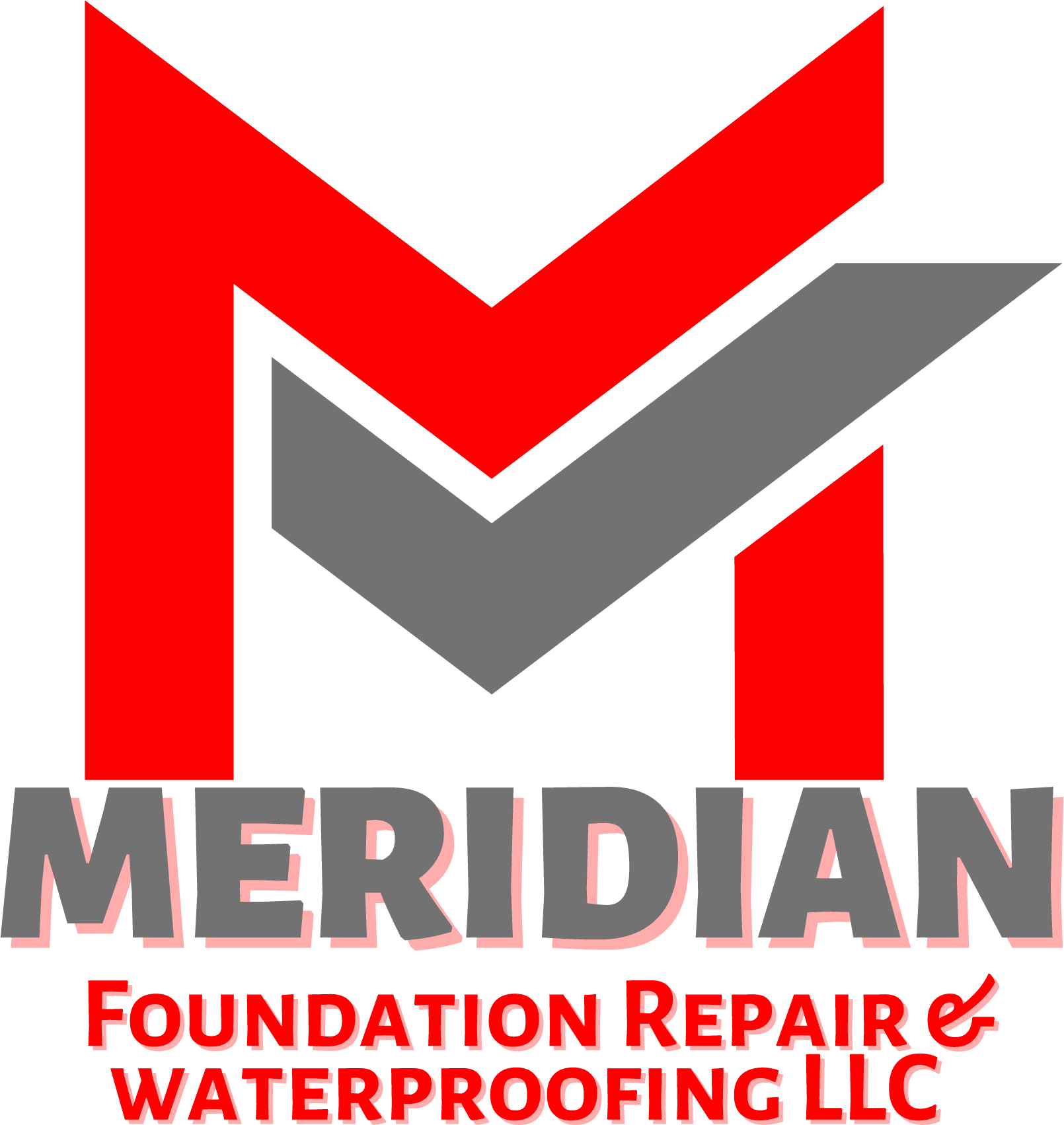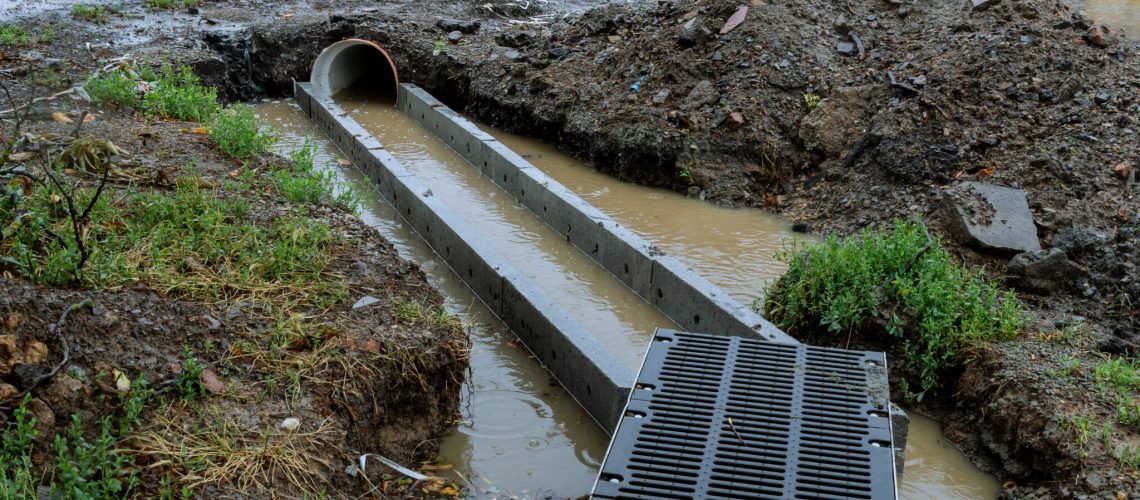The most basic concept that comes to mind when we think about drainage systems is water movement from one location to another. But drainage systems are far more intricate, especially when applied to urban areas or large-scale agricultural projects. Multi-flow systems are an advanced and very successful method for efficiently handling water, among many others. But first, how does multi-flow function? And what is it anyway?
What is Multi-flow?
Subsurface drainage systems that promote regulated and efficient flow through many channels are known as multi-flow or multi-flow drainage. Typically, this system will make use of pipes, conduits, and other materials to establish many routes for water to go in order to divert it from potential trouble spots. Flooding, erosion, and other water-related problems can be avoided by multi-flow systems, which divert water quickly and efficiently along several pathways.
The Science Behind Multi-Flow
Multi-flow drainage is based on the fundamentals of soil science and fluid dynamics. The movement of water from high-pressure to low-pressure regions is a well-established phenomenon. The term “drainage” refers to the process by which water moves from wet soils to drier areas or specially constructed outlets.
By establishing a network of channels, multi-flow systems use this innate property. Some examples of such paths include gravel beds, perforated pipes, and similar porous materials that let water soak through while also capturing dirt and debris. The system improves efficiency and dependability by spreading water out over several routes, which lessens the likelihood of any one pathway becoming overwhelmed.
Elements of Multi-Flow Systems
Piping with Perforations
In multi-flow drainage systems, perforated pipes play an essential role. These pipes often include tiny holes or slits all the way down their length and are constructed from long-lasting materials like PVC or HDPE. While the holes let water into the pipes, they keep bigger debris out.
Beds of Gravel
When combined with perforated pipes, gravel beds greatly improve drainage efficiency. Gravel is a porous material that allows water to flow easily, which helps to distribute the water evenly and decreases the risk of blockages.
Geotextiles
Soil and drainage elements can be physically separated using geotextiles, which are man-made cloths. Geotextiles are useful in multi-flow systems because they let water through while preventing dirt from getting into and blocking the drainage routes. That way, the system will keep working as intended as time goes on.
Channels for Drainage
Water is directed to specified discharge places in some multi-flow systems using specially built drainage channels or conduits. These channels are commonly utilized in larger-scale applications like urban landscapes or agricultural fields. They can be constructed from a range of materials, including metal, plastic, or concrete.
How Multi Flow Works in Different Applications
Wastewater Management in Urban areas
Managing stormwater in urban areas is no easy feat. Traditional drainage systems may be swiftly overwhelmed by heavy rains, resulting in floods and water damage. To efficiently remove water from streets, buildings, and other infrastructure, multi-flow systems distribute the water across numerous paths, therefore minimizing the load on any given channel.
Drainage in Agriculture
In farming, avoiding soil erosion and keeping crops healthy depend on good drainage. In this setting, multi-flow systems really shine because of their adaptability to various crop and soil requirements. Optimal soil moisture levels are essential for plant growth and the prevention of root rot and waterlogging. Therefore, these systems aid in achieving this goal by offering several pathways for water to escape.
Recreational Spaces and Athletic Fields
Specialized drainage systems are frequently necessary for leisure spaces and sports fields to maintain safe and dry playing grounds. Because of their efficiency and rapidity in handling big amounts of water, multi-flow systems are perfect for these uses. These systems are designed to withstand excessive rain by utilizing geotextiles, gravel beds, and perforated pipes to keep fields and courts dry and playable.
Multiple Flow Systems’ Benefits
Efficiency
The efficiency of multi-flow systems is one of its main advantages. These systems lessen the likelihood of floods and water damage by facilitating the rapid and efficient transportation of massive amounts of water over a network of channels.
Adaptability
Urban drainage, agricultural areas, and sports facilities are just a few of the many possible uses for multi-flow systems. Because of their adaptability, they may be used in a wide range of applications.
Longevity
PVC pipes, high-density polyethylene (HDPE), and geotextiles are just a few examples of the durable materials utilized in multi-flow systems. This guarantees the system’s efficacy for a long time with little upkeep.
Ecological Advantages
Multi-flow systems can lessen the toll that extreme rainfall has on both the urban and natural ecosystems by encouraging better water management. Sustainable land use practices, water quality protection, and reduced soil erosion can all result from this.
Multi-Flow Systems: Fun Facts
- The idea of multi-flow drainage isn’t completely novel – it dates to ancient innovations. The aqueducts and sewage systems of ancient civilizations were designed using comparable concepts to efficiently manage water.
- Environmentally Conscious Designs: Several contemporary multi-flow systems are designed using recyclable materials, including reused plastic, in mind, which makes them a greener choice.
- Adjustable Solutions: Whether it’s a tiny garden, a vast metropolitan park, or a big farm, multi-flow systems may be tailored to meet the unique requirements of every project. Their adaptability makes them a go-to for both gardeners and engineers.
In Summary
An advanced and efficient method of water management, multi-flow drainage systems have several applications. These systems effectively manage high water volumes by employing several channels, which lessens the likelihood of floods, erosion, and other water-related problems. Whether you’re working on a project in an urban setting, an agricultural field, or a recreational location, multi-flow systems offer a long-lasting and adaptable drainage solution.
To keep our infrastructure robust and our ecosystems healthy in the face of ongoing climate change and urbanization issues, new drainage solutions such as multi-flow systems will be essential. So, the next time it rains heavily yet the field stays dry, or the street stays dry, it might be because of a multi-flow system!


